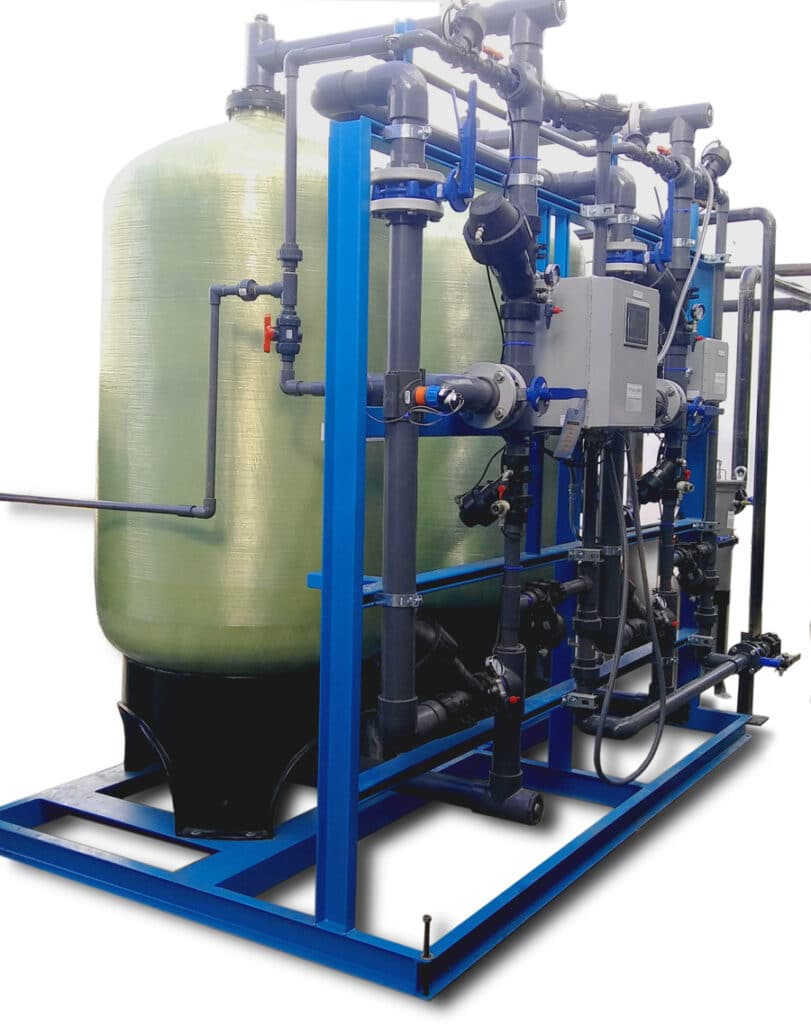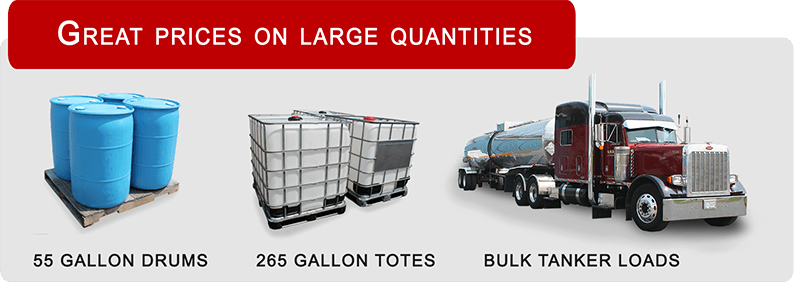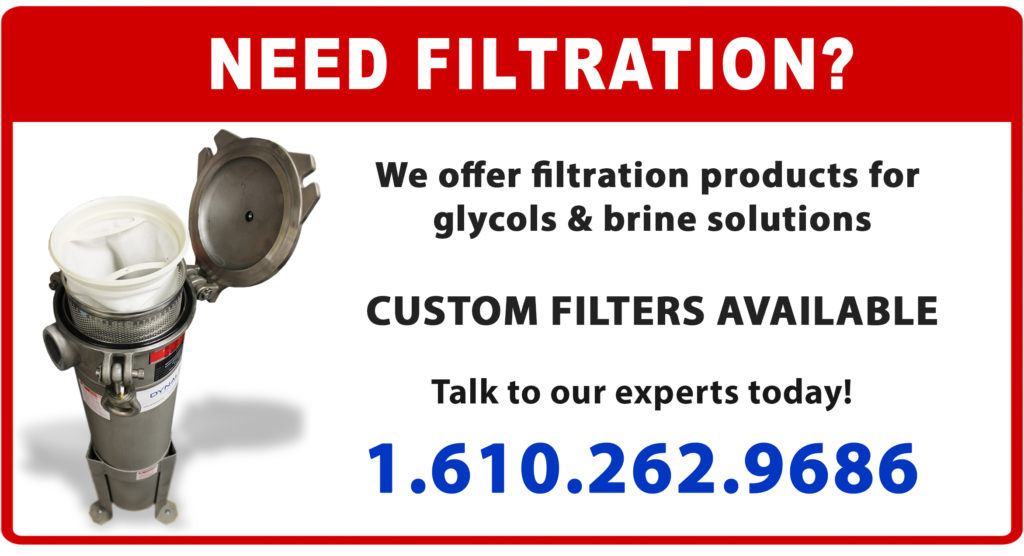Contamination Removal
Triethylene Glycol (TEG) Reclamation
Dynalene has expertise in removing chloride contamination from triethylene glycol-based fluids. Dynalene’s systems use a combination of ion exchange and particulate filtration to assist in maintaining TEG systems.
Chloride Removal
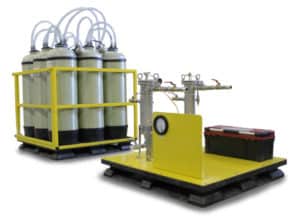
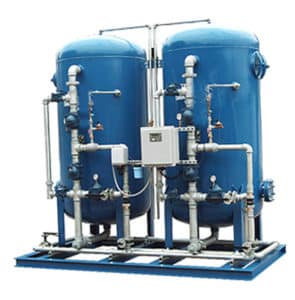
Natural gas is usually stored in large reservoirs underground. When withdrawn from these reservoirs, the gas contains moisture, which is removed through boiling. However, the water also contains salts and minerals, which are left behind in the glycol. These salts can cause corrosion, increase breakdown of the triethylene glycol (TEG), and decrease the efficiency of the dehydration process. When enough salt builds up, the glycol needs to be replaced, necessitating a shutdown period.
Dynalene’s chloride removal system can be used for water, ethylene glycol, propylene glycol and triethylene glycol, and is able to reduce chloride concentration from more than 2500 ppm to below 25 ppm. This system can be used in a variety of applications, such as natural gas storage and extraction, cooling loops in power plants, and applications where a heat transfer fluid is contaminated with an ionic compound (i.e. salts). High chloride concentration in heat transfer fluids such as propylene and ethylene glycol can cause corrosion, system clogging with salts, reduction in heat transfer efficiency, and can sometimes lead to system shutdowns. Our system helps to maintain a very low
chloride level while the existing process is still in operation, so that costly shutdowns and
